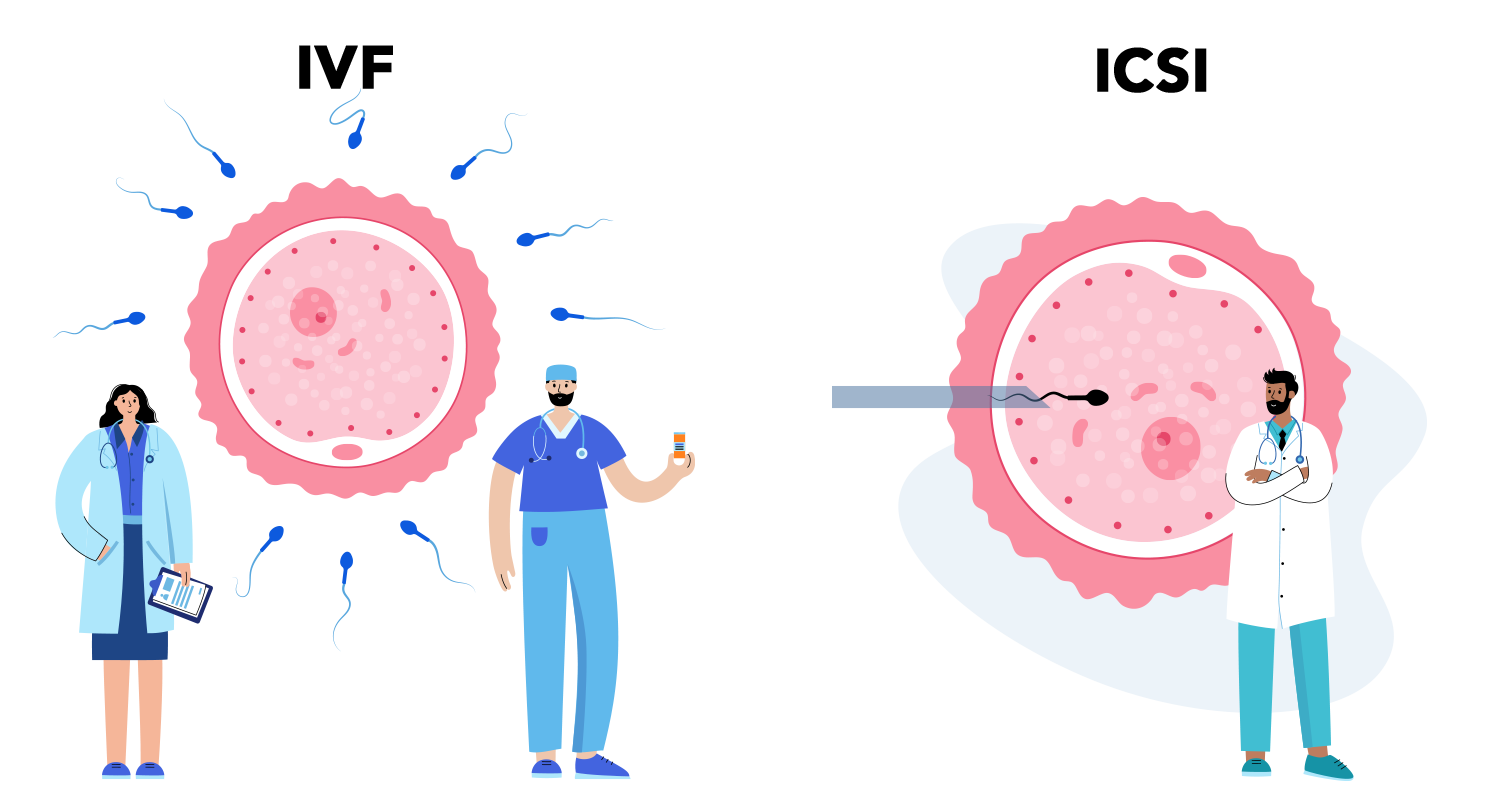The two most common infertility treatments are intrauterine insemination (IUI) and in vitro fertilization (IVF). But these treatments are quite different. This guide will explain IUI vs. IVF and the difference in the process, medications, costs, success rates, and side effects.
WHAT IS IUI (INTRAUTERINE INSEMINATION)?
IUI, sometimes known as “artificial insemination,” is a non-surgical, outpatient procedure in which a physician inserts sperm from a male partner or sperm donor directly into a female patient’s uterus. IUI increases a patient’s chances of pregnancy by giving sperm a head start, and ensuring insemination happens at the time of ovulation—but it’s less effective, less invasive, and less expensive than IVF.
IUI is often the first step in fertility treatment for many patients, and can be a great option for those dealing with PCOS, other anovulation, cervical mucus problems, or sperm health issues; same-sex couples; single mothers by choice; and patients with unexplained infertility.
WHAT IS IVF (IN VITRO FERTILIZATION)?
IVF is a treatment in which a female patient’s eggs are surgically removed from the ovaries fertilized in a laboratory, with sperm from a male partner or sperm donor, to create embryos. (“In vitro” is Latin for “in glass,” and refers to the process of fertilizing an egg in a laboratory dish.) Then, the resulting embryo(s) are transferred back to the uterus in hopes of achieving pregnancy.
Because this procedure allows doctors to bypass the fallopian tubes, it’s a good choice for patients with blocked, damaged, or absent fallopian tubes. It also requires just one sperm cell for each egg, allowing for successful fertilization even in the most severe cases of male infertility. Generally speaking, IVF is the most powerful and successful treatment for all forms of infertility, including age-related infertility and unexplained infertility.
Post time: Dec-06-2022

